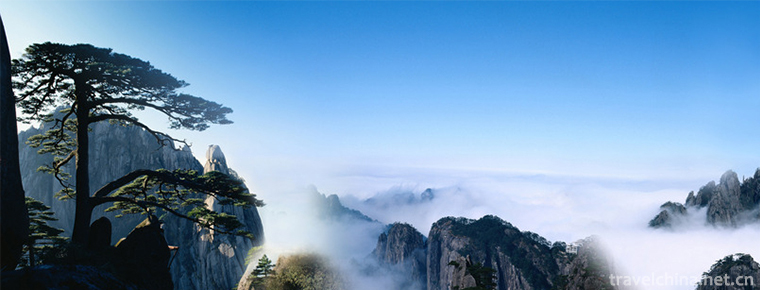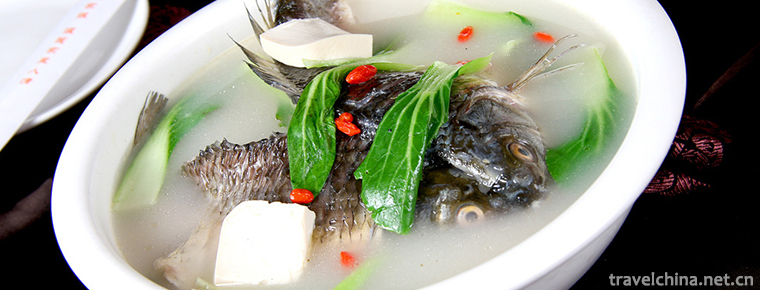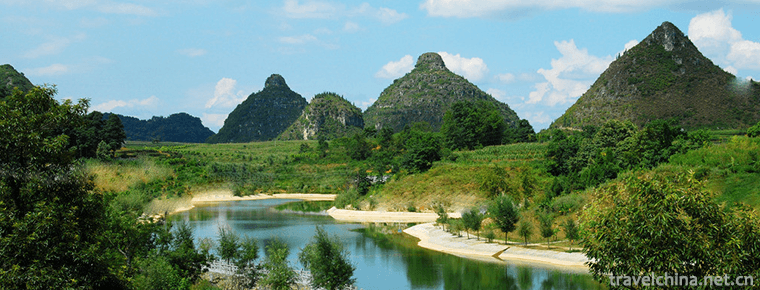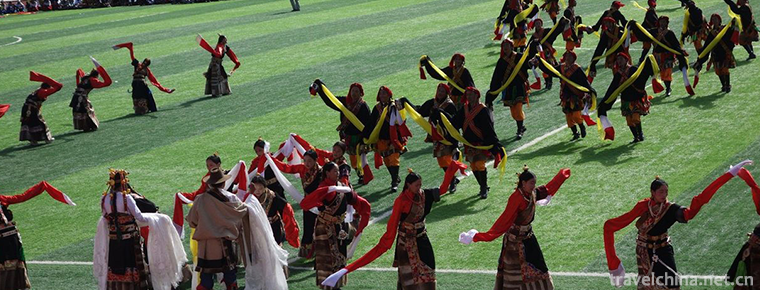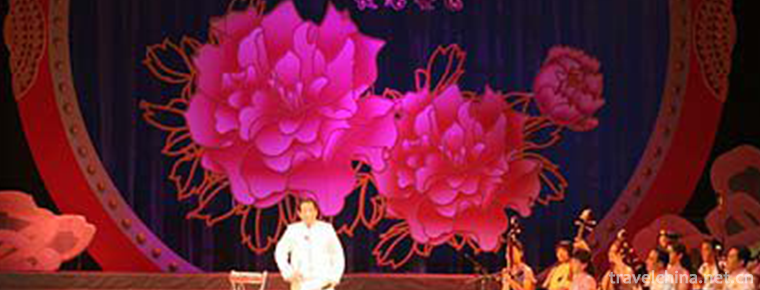Neijiang climate
Neijiang climate
Neijiang City belongs to subtropical humid monsoon climate. Affected by the basin and the natural environment, it has the characteristics of mild climate, abundant rainfall, sufficient light and heat, and long frost free period. It is warm in winter and hot in summer, with moderate rainfall. The average temperature is 15 ℃ - 28 ℃, the average temperature in January is 6 ℃ - 8 ℃, and the average temperature in July is 26 ℃ - 28 ℃. The maximum temperature can reach 41 ℃, the minimum temperature is - 5.4 ℃, and the active accumulated temperature is about 5598 ℃. The annual average total solar radiation is 89.6 kcal / cm2, the annual total sunshine hours are 1100-1300 hours, and the frost free period is 330 days. The number of frost days in a year is generally about 4-8 days. The main disastrous weather is drought, with alternating drought and flood; in spring, summer, autumn and winter, low temperature, wind and rainstorm occur from time to time, and continuous rain is obvious. The annual temperature has obvious phenomenon of dry winter and spring drought, at the same time, the phenomenon of summer drought and summer drought occurs from time to time. In history, there is a saying that "there is a great drought in ten years, a small drought in five years, two droughts in three years, and drought in flower arrangement every year.". The annual relative temperature is about 80%. The annual rainfall of 1000 mm is more than or equal to that in summer, accounting for 60% of the annual rainfall. The high temperature period is basically consistent with the rainy season, accounting for 17% in spring and 4% in winter.

-
Mount Huangshan
Huangshan: World Cultural and Natural Heritage, World Geopark, National AAAAA Class Scenic Spot, National Scenic Spot, National Civilized Scenic Spot Demonstration Site, Top Ten Famous Mountains....
Views: 235 Time 2018-10-28 -
Crucian carp tofu soup
Carassius auratus tofu soup is a famous dish of the Han nationality. It belongs to Guangdong cuisine. It tastes salty and delicious. Carassius auratus has a very good milk-stimulating effect.
Views: 943 Time 2018-11-02 -
Shuangrufeng Scenic Area
Guizhou Shuangrufeng Scenic Area is located in Zhenfeng County, Guizhou Province. It is 9 kilometers away from the county town and on the main road of Zhenfeng-Guiyang.
Views: 164 Time 2019-02-08 -
Yangtze River Source of Tuotuo River
Tuotuo River: Located in Tanggula Mountain Town, Southern Region of Golmud City, Qinghai Province, it is the West source of the Yangtze River, south of the Hoh Xili Mountains. .
Views: 213 Time 2019-02-22 -
Huidong Fishing Song
Huidong Fishing Song is one of the traditional folk arts in Guangdong Province. From the Song Dynasty, fishing songs in the shallow sea of Huidong were introduced from the coast of Fujian Province..
Views: 178 Time 2019-05-05 -
Comba Rai
"Kangbalayi" is a poetic language of communication between Tibetan men and women in Zhiduo County. It originated in Songzan Period of Southern Japan in the end of the sixth century..
Views: 131 Time 2019-05-08 -
Yangge Dance
Yangge is a popular and representative folk dance genre in China (mainly in the northern region). There are different appellations and styles in different regions. In folk, there are two kinds of appe.
Views: 899 Time 2019-07-10 -
Tie dyeing skills
Tie-dyeing, known as Zha Val, Ge Val, Jia Val and Dye Val in ancient times, is a traditional and unique dyeing process of Chinese folk. A dyeing method in which fabrics are partially tied up so that t.
Views: 142 Time 2019-07-16 -
The eldest son drum book
The eldest son drum book is the traditional art of rap and singing in Shanxi Province. Changzi County is known as the "Town of Quyi", which has a long history as well as a wide variety of Qu.
Views: 389 Time 2019-07-25 -
Ertan scenic spot
Ertan National Forest Park is located in Chengdu Emeishan Xichang Kunming tourist hotline. The majestic power station, the misty blue lake, the surrounding green mountains, the wild virgin forest.
Views: 130 Time 2020-10-16 -
Gufo weir
Located in Huanglongxi section of Jinjiang River in Chengdu, Gufo weir was built in the 25th year of Qianlong reign. Zhangfengzhu, the magistrate of Pengshan County, built a weir to irrigate Huayang, Renshou and Pengshan Sanyi fields..
Views: 151 Time 2020-11-05 -
Suining medical and health
By the end of 2019, there are 3725 medical and health institutions in Suining, including 76 hospitals (63 private hospitals) and 3622 primary medical and health institutions; there are 21400 beds in medical and health institutions and 18200 health technicians.
Views: 381 Time 2020-12-16
